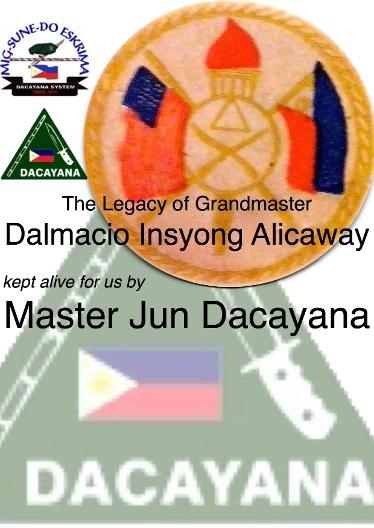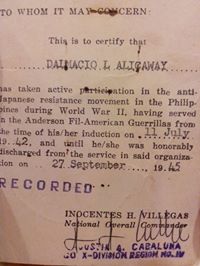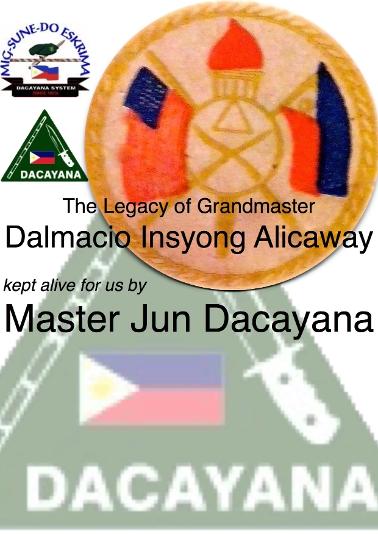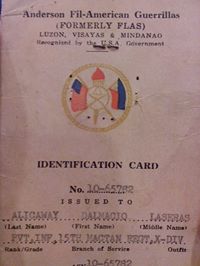Lineage
How important is lineage in a Martial Art?
This is a very interesting subject. I believe lineage is very very important.
Whatever Art you study you should know the lineage of the style you are practising. Why? well not only is it interesting and surely you should be interested in what you do, but it will also be a good indicator of the quality of what you are doing.
Of course there is good lineage and bad lineage. Ancient lineage and modern lineage. Newer arts still have lineage though, even if the roots of that art start in a different art (rather than just a variation of style) and of course many do. Aikido for example is a modern take on some aspects of Jujutsu, Goshin (Modern) Jujutsu is normally based on traditional Jujutsu with a modern twist. Shorinji Kempo is a modern (ish) Japanese Martial Art started by Doshin So in the 20th Century with roots and influence from Chinese Shaolin Boxing learnt from his time in China. JKD of course, began with Bruce Lee, but even he had lineage!
Filipino Arts have a long history but of course are also influenced from other arts and are constantly evolving. The Filipino Arts are also themselves influencing other arts as practitioners of these Arts increasingly adopt FMA training methods and drills. I see so many different styles and schools from ‘Freestyle’ kickboxing to Kempo and some RBSD schools using classical FMA flow drills like ‘Hubud’ in their training. Nothing really wrong with this, although I do wish Instructors using FMA drills would inform their students where the drills come from and credit the people they learned them from.
I always try to give credit to the lineage of the stuff I teach. If I teach JKD Concepts I say what lineage it comes from. If I teach FMA that is not from the Dacayana Family system (which I rarely do now but occasionally if requested at seminars or sometimes privately to curious students) I always credit the source. Sometimes the source is uncertain or the same technique or drill can come from more than one route. Take the ‘Hubud/Hubad’ example, Higot Hubad Lubad (meaning to tie and untie and blend or fade) is a foundation drill in the Inosanto system as well as many of the Doce Pares styles. This drill was later adopted by Warriors Eskirma as well other systems and styles. As mentioned this particular drill often surfaces in other Arts like Kempo and is often taught very badly and without any depth of knowledge because the teacher has drifted too far from the source. On a side note, we do NOT have hubad in the Dacayana system!
This drifting away from the source, this dilution of knowledge, happens for a couple of reasons and then of course the understanding is lost. It happens either when arts are propagated too quickly without the necessary ‘quality control’ built in, or when the arts are so well established and large, that the source is generations away. I see this in Arts like Karate where perhaps a 10th generation Instructor is busy teaching a Kata to a student but has no idea of the Bunkai contained within, because the knowledge has drifted into the void.
So then, we have a great reason to know lineage. If you can stay as close to the source of the knowledge as possible, as a teacher or student, your own knowledge will be good, assuming of course the lineage is good.
Arguably the lineage itself could be bad. You could for example have wandered into a modern system started by a mediocre martial artist with no real depth of knowledge in the first place - so even being close to the source will be no good for you ! How will you know this has happened if you are a beginner in Martial Arts? Sadly you may not at first, but time will hopefully reveal the shortcomings of the system you are in.
Good advice would be to look at as many styles and systems as you can before embarking on your Martial Path in any one particular system. Perhaps go to an established Art and do some research, trace the lineage, find out about who is teaching it, how it has developed, the kind of people practising it and the quality of the Martial Artists involved in it. You will begin to get a good idea about it’s quality.
Which leads me nicely onto the Lineage of the Dacayana Family System of Eskrima.
The lineage of the system comes from two main routes. Sources from within the family and sources from outside of the family.
Firstly let’s have a look at the Family source. This is fairly well documented. The primary source of knowledge comes from Grandmaster Jun’s Grandfather on his Mother’s side Dalmacio “Enciong” Alicaway.
Dalmacio was not widely known within the Eskrima world because he generally only taught within the family. Part of the reason for this was, I believe, because Dalmacio was tired of killing and war. He served in the Philippine Police Bantok regiment who were charged with and were successful in hunting Japanese soldiers during their occupation of the Philippine Archepelago. The above image is of Dalmacio's honourable discharge paper form 1945 documenting his participation in the Anderson Fil-American Guerrillas.
I am led to believe that the knife fighting techniques of Dalmacio’s style were key to him surviving the war.The style originated from the Island of Negros Occidental. Jun was very interested to learn from his grandfather at a very early age, and because of his keen interest his grandfather was happy to teach him. After Dalmacio’s sad passing in 1984 Jun continued his martial arts studies with his grandfather’s best friend Grandmaster Winnie Delarosa who taught Okinawan Karate. Jun also studied with Grandmaster Tan who taught Tai Chi and Rolando Dacayana who taught Boxing. This unique mix of styles began to shape the young master.
In 1990 Jun continued his studies with his Father Grandmaster Alberto Dacayana Sr. Here we see influences come from ‘outside’ the family as his father was a senior student of Momoy Canete.
Grandmaster Momoy Canete is widely known as the ‘walking bible’ of Eskrima and one of the true legends. The fact is that Alberto Dacayana Sr was one of Momoy’s senior students of the San Miguel system and began studying with him in 1962. So here we have a very strong San Miguel connection. There is ongoing controversy regarding the San Miguel connection that I will not discuss further here, but am happy to share with Dacayana Students and Coaches first hand.
Jun also studied with Ondo Caburnay of the Lapunti system De Abinico. In a letter to Jun it provides unquestionable evidence of the young Master’s lineage and ability. Here is an excerpt ;
Here is an excerpt from a letter written to Jun from the highly respected Grandmaster Ondo Carburnay of Lapunti Arnis:
The letter says "....now you have become a Master in spite of your youth, I salute you. Jun keep up the good work and share all that you have learned only with your chosen and most deserving students. Strive to live your everyday as a happy, upright and desirable person that your father expects you to be. I wish you were my own son! I would have been very proud of you as I watched you grow.
If we take a wider view of Cebuano Eskrima via internet research lists such as the following often pop up with the names of legends and greats of Cebuano Eskrima. In this particular list of 40 or so of the greatest (‘ICONS’), Momoy Canete, Alberto Dacayana sr and Ondo Caburnay are all listed :
So we have unique and unquestionable lineage from both within and outside of the family. Jun has used his formidable knowledge to great effect from 1990 onwards as he firstly propagated his ‘MigSuneDo’ system before honing and modifying it to the Dacayana Family system we know today... take a look at the next blog 'Modern Lineage' and future blogs to see exactly what is in the Dacayana Family system.



